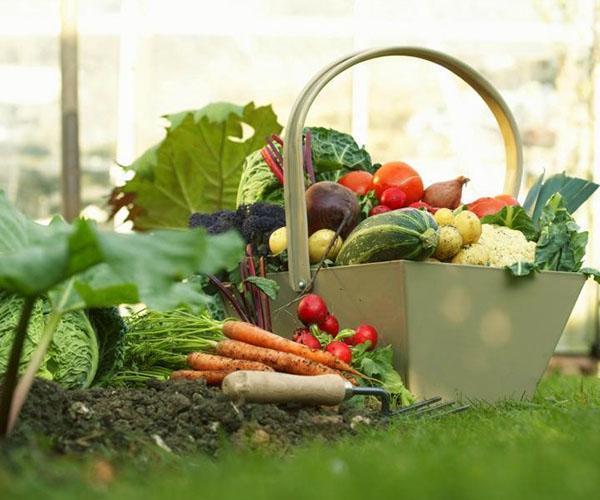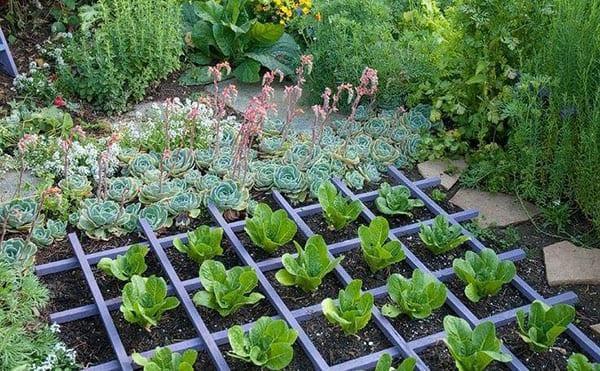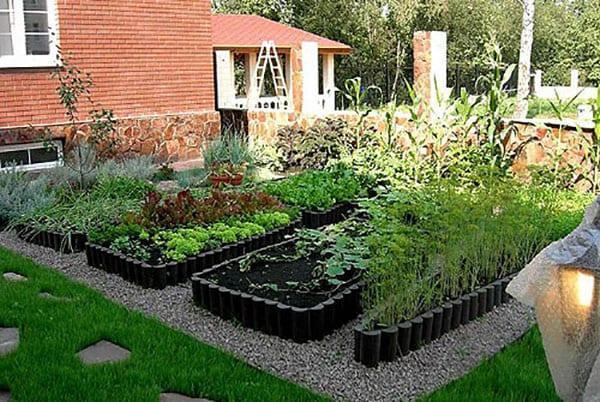Garden planning for beginners - the experience of foreign farmers
 Are you ready to create your first vegetable garden and wondering how hard it is? Is it enough to just plant a few seeds in the ground, step aside and wait for them to grow? Unfortunately, not everything is so simple. The recommendations that we have collected in this article will help you follow the difficult path of a novice gardener.
Are you ready to create your first vegetable garden and wondering how hard it is? Is it enough to just plant a few seeds in the ground, step aside and wait for them to grow? Unfortunately, not everything is so simple. The recommendations that we have collected in this article will help you follow the difficult path of a novice gardener.
Tips for planning your future garden
So, before you start digging, it is worth considering a few very important points in advance:
- The right choice of location. Most vegetables require at least 6 hours of sun per day. Some crops, such as broccoli, lettuce, spinach, and other greens, will thrive in less-lit areas.

- Closeness to home. Being close to your home will make it easier for you to routinely maintain your garden beds. You can also always leave the house for a minute and quickly collect everything you need for food.

- Decide for what purposes a vegetable garden is being created. Grow only what your family loves to eat, unless you plan to use the garden as a source of income.

- Access to water. Nothing is exhausting for a novice gardener more than numerous trips with a full bucket of water to water the plants in the heat. Therefore, the water source must be easily accessible and close.

- Soil composition. Good soil is the key to a thriving vegetable garden. Start with well-drained loam and add as much organic fertilizer as possible.

- Moisture absorption and retention. Compost, deciduous humus, and well-seasoned manure increase the soil's ability to conduct water but retain moisture. The sponge works on the same principle.

- Never use fresh manure. It is home to dangerous pathogenic microorganisms that cause burns to the delicate roots of plants. The manure should be aged for 6 to 12 months.

- Seeds or seedlings? Most garden vegetables can be sown as seeds directly where they will grow (lettuce, beans, carrots, beets, Swiss chard, spinach, peas, gherkins and squash). Plants that will produce edible fruit for a long time are best kept indoors for 6 to 8 weeks before replanting them outdoors (or purchase ready-made tomato, pepper, eggplant or melon seedlings).

- Selection of appropriate crops for planting. Plant varieties that will grow in your climate. Know in advance the date range and the length of the growing season in your area during which you can work.

- Productivity support. To increase the productivity of your garden, plant early-maturing vegetables such as beans and lettuce, and replace seedlings in areas already harvested.

- Solution for bad soil. If the soil in your area is rocky, or the clay is too hard, then it makes sense to install a raised bed that can be filled with good soil. Another way out is to plant vegetables in containers, or to use the so-called "smart pots" (analogous to foreign textile bags for plants "grow bag").

Place large bags of soil in the area where the maximum amount of light falls, make drainage holes at the bottom and slots at the top. Place the seedlings inside through them.
I have a friend who put bags along the driveway to the dacha every spring because it was the only sunny place. Her tomatoes grew incredibly beautiful and her peppers were very juicy.